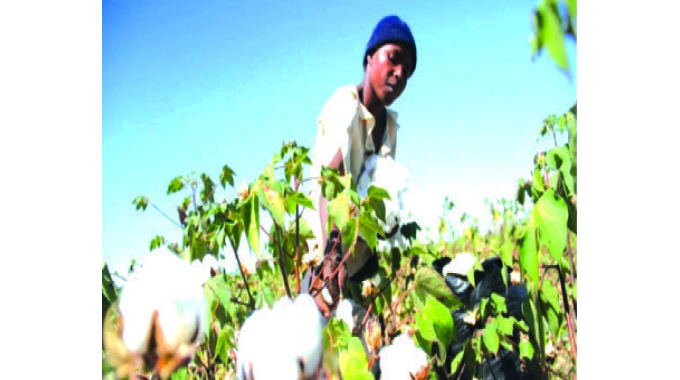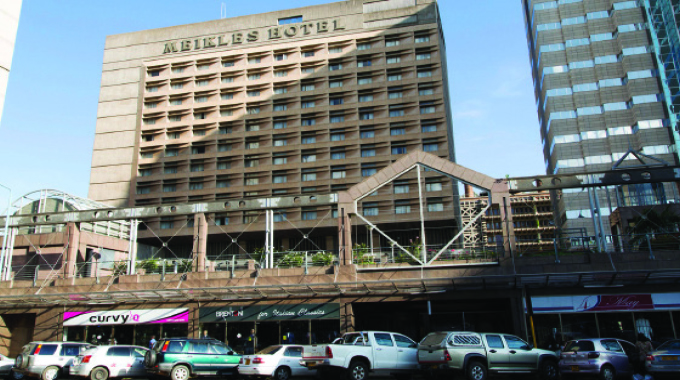Side marketing remains a problem in cotton industry

Business Reporter
Side marketing remains a big threat to the cotton industry and tight regulatory enforcement is needed to curb the practice, a senior official has said.
Acting accounting officer of The Cotton Company of ZimbabweMunyaradzi Chikasha said last week while several measures have been put in place to curb side marketing, the practice remains a huge challenge.
“At company level, we have our own systems to minimise side marketing. AMA (The Agricultural and Marketing Authority) also has regulations to deal with side marketing. It remains a big threat to the industry,” said Mr Chikasha.
Side marketing almost collapsed the cotton industry in 2013 after private merchants stopped financing farmers due to poor debt recovery. In 2014, output dropped to 28 000 tonnes, the lowest in nearly two decades. The Government intervened by providing farmers with free inputs under the scheme known as Presidential Free Inputs programme.
Meanwhile the hectarage under cotton production increased by nearly 30 percent this year as the US dollar payment lured more farmers into the farming of the “white gold.”
Having been partly paid in US dollars last year, the Government announced that cotton farmers would be fully paid in foreign currency, with the lowest D grade fetching US40c per kg. The price for grade C, B and A was pegged at US41c, US43c, and US46c per kg respectively, making the country one of the highest-paying producers.
Unlike the previous seasons when some farmers were not paid on time; most growers received their payments upon delivery of their crop last season.
Mr Chikasha said the established hectarage increased from about 200 000 to 280 000.
More than 360 000 farmers benefited from free inputs under the scheme, running for eight consecutive years. Under the scheme, farmers get free basal and top dressing fertilizer, seed as well as chemicals.
The State-assisted scheme has seen an average of 300 000 households receiving free inputs.
Despite occasional production dips during drought seasons, cotton output expanded from 28 000 tonnes in 2014 to 145 000 tonnes in the 2017/18 season. Apart from free inputs, farmers also receive tillage services and agronomy support. The scheme helped to fill in the gap left by private contractors who scaled down funding citing poor recoveries due to side marketing.
The scheme has helped to revive the cotton industry, a major source of employment for rural farmers.
At peak, Zimbabwe produced 351 000 tonnes of cotton in the 2010/11 season and the Government has since set a target to raise production to 300 000 tonnes by 2025.
Zimbabwe mainly uses open-pollinated varieties but indications are that production could go up to as much as 600 000 tonnes with the use of hybrids seeds.
Experts are urging the Government to ramp up the use of hybrid seeds to boost productivity and cut the risk of crop failures as OPVs are getting more susceptible to diseases










Comments